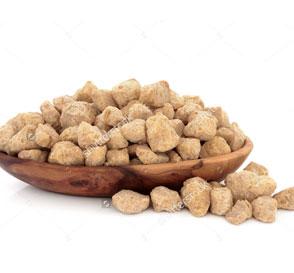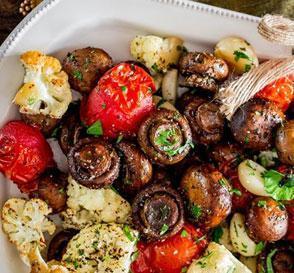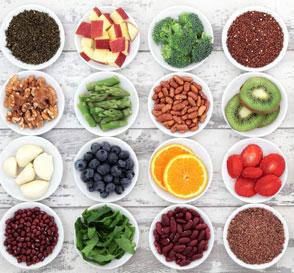

Leave your details below and we'll get back to you!
*All fields are mandatory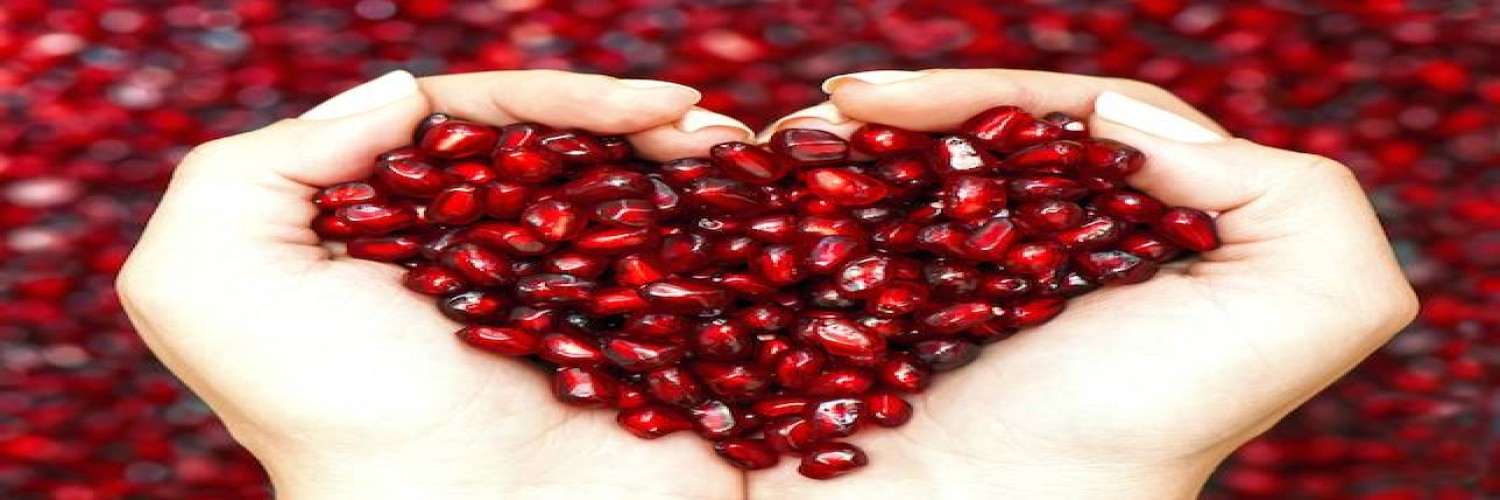
Pomegranate, the Pearls of
Nutrition

By Rushina Mushaw
Dietician / Nutritionist, Andheri
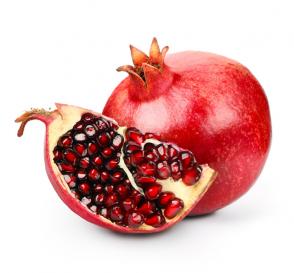
‘We eat with our eyes’; is a phrase that we have all heard. But think about it and one realizes that it is so true. Beautifully presented food makes food even more delicious! And nature offers so much colour each colour with its own set of nutritional values and corresponding health benefits. And when I think of the brightest colour of them all, red, one of my favourite ingredients comes to mind! The Pomegranate!
This lovely fruit that is now popular all over the world is believed to have originated in the region of modern day Iran, spread all over the world through various trade routes, and at the hands of different explorers. The pomegranate is beautiful to look at from the outside as well as the inside with a thick lustrous inedible exterior that gives way to row upon row of precious, garnet ‘arils’ (tiny bead-like kernels of succulent pulp around crunchy white seeds) tucked away inside. What makes this fruit one of my favourite food items however is its delicious, tangy-sweet flavour and the fact that Pomegranates are loaded with nutrients!
One serving of 100 grams contains about 12% of the RDA (recommended daily allowance as prescribed by the Indian Council of Medical Research) of vitamin C, 10% of vitamin B9 (folic acid), plus vitamin K, and more. Loaded with fibre; vitamins B1, B2, B5, B6, E; and minerals like potassium, manganese, zinc, phosphorus, this powerhouse of a fruit is also believed to has a whole lot of medicinal properties, including diabetes prevention and control, prevention of Alzheimer’s, keeping various forms of cancer and skin infection at bay, and more. It is no wonder then that this fruit has been given a high status through the ages and is seen as a symbol of fertility and prosperity.
Pomegranate kernels are delicious to snack on as they are. They also yield a vibrantly beautiful, blood red juice! Try combining Pomegranate juice with lemon, cranberries, passion fruit, or some other citric fruit to make drinks that are nuanced, simultaneously sweet and slightly bitter, but oh-so-delicious! Pomegranate juice also makes divine looking smoothies and milkshakes that taste just as amazing. And amazing cocktails - its flavour compliments the inherent bitterness of alcohol, and pairs well with all alcohol including rum, vodka, gin, making it one of most popular choices for making cocktails. In Middle Eastern and Mediterranean cooking, pomegranate is slowly boiled to reduce it to pomegranate molasses that add a distinct flavour to many popular dishes like lamb kebabs, tahini, hummus, pomegranate-eggplant relish, and even bright pomegranate jams and ice cream toppings. You can add this European touch to your food by using this thick syrup to glaze meats, or vegetables like carrots, and even nuts!
Pomegranates arils are so pretty that they are also used extensively in food, usually whole, as they bring a lot of oomph as garnishes for salads, dips, main courses and desserts. The juice too is a lovely ingredient and is used commonly to add colour and unique flavour to dressings, soups, stews .Due to its preservative qualities, it can also used to marinate meat like duck or any other poultry. And if you’re as big a fan of this fruit as I am, you can also try using the juice to make squashes and jams that have a long shelf life. Or you can use the juice to make a sauce that goes with tikkis, kebabs, and even meats.
‘Anar Dana’ or dried pomegranate seeds; that’s another form in which pomegranates are used extensively, especially in the Indian cuisine. The whole, dried seeds are roasted and used to add subtle tangy accents to food items like chutneys, curries, ice creams, and sometimes, even granola bars! And when ground to a powder, these seeds yield a spice that is a cornerstone of Mughlai cuisine, often used to add bitter-sweet flavour to food items like curries, stews, soups, and chutneys. It even works as a thickening/souring agent if you’re looking for a substitute to lemon juice, tamarind, or aamchur. You can also sprinkle some of this delicious spice on your pastas, salads, or any of your favourite dishes, to add a dash of colour and flavour.
Pomegranate also lends great tangy accents to desserts, I love using reductions of pomegranate in cheesecake and the juice makes the most beautiful, yummy sorbets! One of my signature desserts is silky chocolate mousse served with the brilliant red arils; the seeds bursting in the mouth against the dark decadence of the chocolate.
Clearly, this is one delicious, versatile super food that can simply not be ignored! Be sure to keep a few stocked in the fruit basket and use in your own version of these ideas.

Popular Articles
Related Articles











